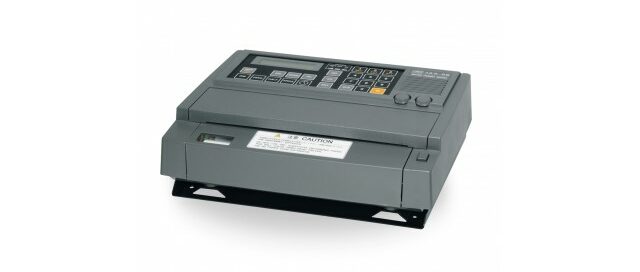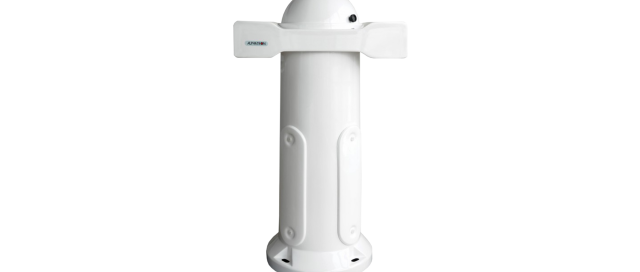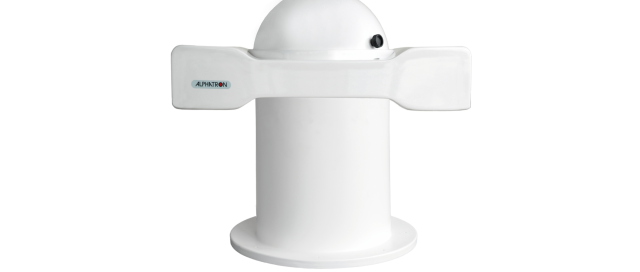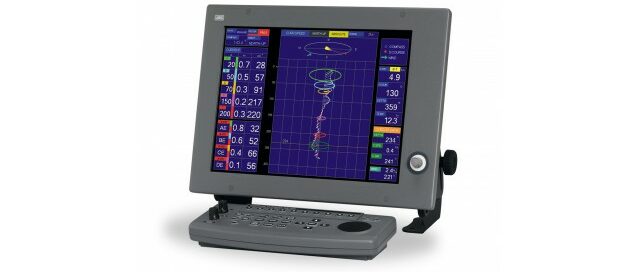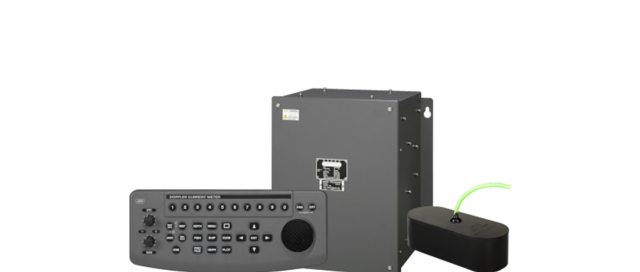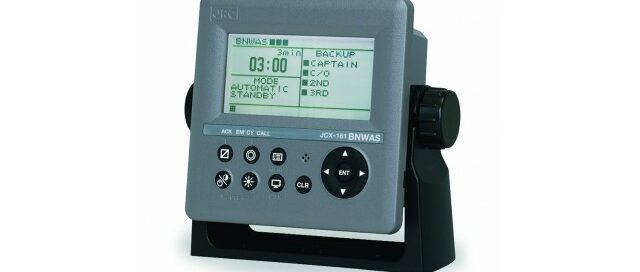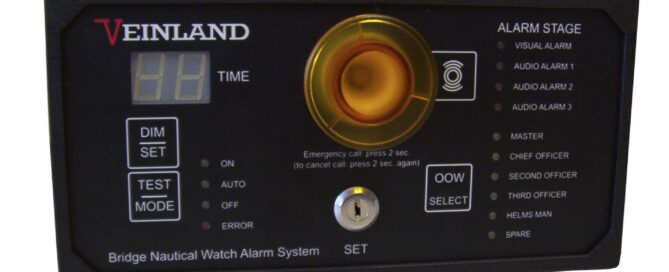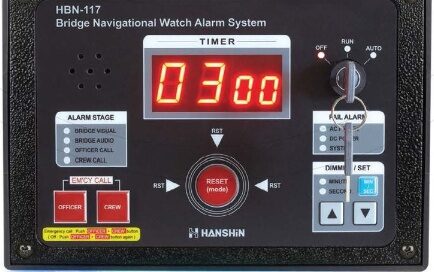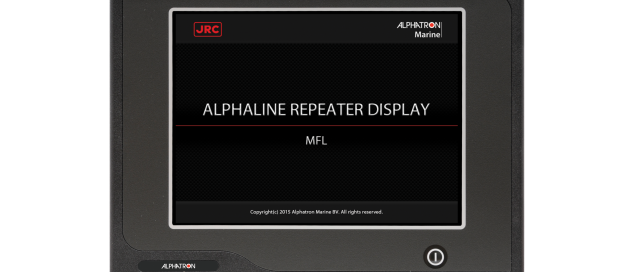JAX-9B
The JAX-9B weather facsimile receiver is a very compact and lightweight solution, incorporating a set of enhanced features that allows for flexible operation. The received fax broadcasts are recorded on thermal recording paper in a solid-state recording environment, using a thermal head. JRC integrated an automatic frequency selection, allowing for optimized receiving. The JAX-9B can receive in four different modes.All operations can be remotely controlled to automatically start up, set parameters, receiving images, feed paper, and stop by remote signals from the broadcasting stations. Only halftone recording is manually controlled. You can manually set the index of co-operation (IOC), scanning speed, and the halftone recording. The JAX-9B automatically records the stops in this mode. This is an extensive function of the automatic recording mode. The JAX-9B can manually record while neither in automatic or manual recording mode, also while broadcasting is in progress. Phasing is done manually. It also adapts to a unique system to terminate phase matching instantaneously.

